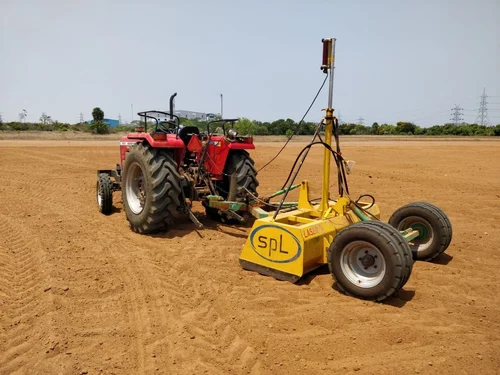Enhancing Crop Yield: The Importance of Land Leveling in Farming
As the backbone of India’s economy, agriculture plays a pivotal role in the livelihoods of millions. In the intricate tapestry of agricultural practices, the preparation of fields before sowing emerges as a fundamental step. At the heart of this preparation lies the often-overlooked yet critical task of land leveling. In this comprehensive exploration, we delve into the nuances of land leveling and its profound significance in Indian agriculture.
Understanding The Land Leveling
From the fertile plains of Punjab to the verdant fields of Tamil Nadu, farmers across the nation understand the paramount importance of achieving a level terrain before sowing the next crop. Let's reveal the layers of this indispensable agricultural practice and understand how it shapes the landscape of Indian farming.
What is land leveling in farming?
Land leveling is the process of smoothing out uneven or sloped land surfaces to create a more uniform field for agricultural activities. It involves removing high spots, filling in low spots, and shaping the terrain to optimize water distribution and crop growth.
Why is leveling the land Important?
Leveling the land ensures uniform distribution of water, nutrients, and other resources across the field. It promotes proper drainage, prevents soil erosion, and facilitates even crop growth. Uneven surfaces can lead to water stagnation in certain areas and inadequate moisture in others, affecting crop health and yield.
Benefits of Leveling the Land Before Next Crop:-
Optimized Water Management: A level field allows water to flow evenly, preventing waterlogging and ensuring every plant receives adequate moisture.
Enhanced Nutrient Distribution: Uniform land surface promotes efficient nutrient absorption by crops, leading to healthier growth and higher yields.
Reduced Soil Erosion: Leveling minimizes soil erosion by preventing water runoff and soil displacement, preserving soil fertility and structure.
Improved Machinery Operation: Flat terrain facilitates smoother operation of farming equipment, reducing fuel consumption and minimizing wear and tear.

